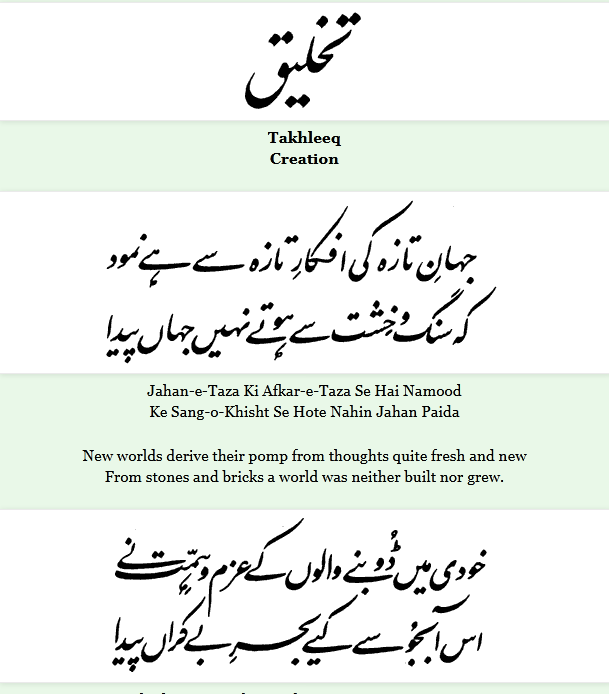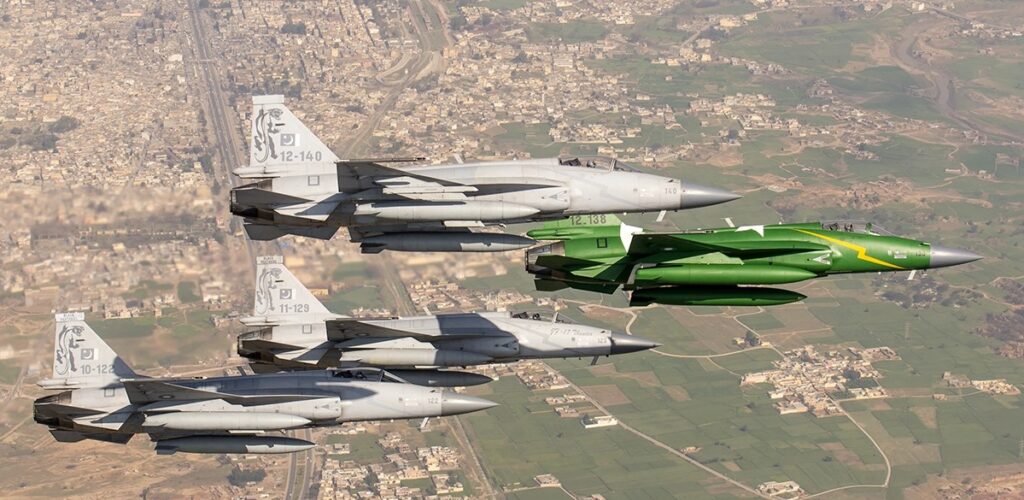It’s been one hundred years since the first ever air combat in recorded history, when French pilot Sgt. Joseph Frantz and his mechanic/gunner, Louis Quénault (on left and right respectively), shot down a German biplane.
From those days, we recently had a Beyond Visual Range (BVR) kill by Hassan Siddiqui from Pakistan Air Force against a Indian Air Force Su-30MKI.
We have seen air power come of age: starting from reconnaissance roles to deep interdiction strikes to BVR engagements, there is no sphere of air warfare that has been left unexplored. In parallel to this the core element of expression in aerial dominance – the fighter aircraft – has gone through the steps and an unofficial ‘generation’ of aircraft developed.
We can see in the picture below which is the basic configuration of this paradigm. The author has taken this snapshot as an example for the reason that it depicts fighter jets from all backgrounds and functions. The evolution includes many alterations from basic to advanced radars, guns to missiles, rudimentary TACANs to TCAS, subsonic to supersonic. This has taken place from the earliest generations where the battle was for the ‘farthest-highest-fastest’. The race has not really stopped – only the priorities changed.
A lot has been said about 5th Generation but we might actually be looking soon at 6th Generation Fighter Aircraft. Let’s have a look at the past few generations first to have a basic understanding of what the next generation (next-gen) could garner from the past.
Generation 4: Pulse-doppler radar; high maneuverability; look-down, shoot-down missiles e.g. F-15, F-16, Mirage 2000, MiG-29.
Generation 4+: High agility; sensor fusion; reduced signatures e.g. Eurofighter Typhoon, Su-30, advanced versions of F-16 and F/A-18, Rafale.
Generation 4++: AESA (Active electronically scanned arrays); continued reduced signatures or some “active” (waveform canceling) stealth; some super-cruise e.g. Su-35, F-15SE.
Generation 5: All-aspect stealth with internal weapons, extreme agility, full-sensor fusion, integrated avionics, some or full super-cruise e.g. F-22, F-35.
Potential next-gen of fighter jets are predicted to have all this and more. Features that push the envelope and expectations ahead of the rest of the pack are…
- Extreme stealth.
- Efficient in all flight regimes from subsonic to hypersonic (Mach 5 plus).
- Possible “morphing” capability.
- Smart skins.
- Highly network centric.
- Extremely sensitive sensors.
- Optionally manned or unmanned.
- Directed energy weapons (Lasers).
Although there have been discussions in various aerospace domains regarding letting go of design stealth features while keeping skin and paint stealth attributes in lieu of hypersonic capability. It only seems logical because it renders greater weapon carriage capability on wing pylons because internal bays limit this core competence of fighter aircraft.
If we look at Pakistan’s track record, we have been there-done that and beyond in military aviation domains. JF-17 from block one to three have been a godsend in these tumultuous times of national and international insecurity with both external and internal threats for state sovereignty.
The capability developed at PAC (Pakistan Aeronautical Complex) at Kamra is enviable in any sense of the word. From humble beginnings of being a mere maintenance and overhaul setup of the eighties, it has flourished into becoming the one and only source of military aviation industry.
We have seen F-16s recovered from near cat-5 hull loss scenarios, Saab 2000’s convalesced from terrorist attacks and the latest feather in the cap, the JF-17 Dual Cockpit B Model (below). Although we will be looking at aviation capability of Kamra in later articles in detail but with ambitious venture like ‘Project Azm’, it is a step in the correct direction.
6th Generation Fighter aircraft maybe a farfetched idea at the time of writing this article but we must keep cognizant, ‘Before there is Science… there is Science Fiction’. Pakistan must put its money where its mouth is by star-gazing into the future. But dreams without goals are just dreams and they finally espouse disappointment, hence we must look at generating following national competencies if we want to stay relevant on the face of this planet in fighter aircraft development domains…
- Have a penned-down VISION & POLICY for future aviation in Pakistan.
- Generate relevant HUMAN CAPITAL & RESOURCE through universities.
- Government to enable aviation growth opportunities.
- Government to take steps to ensure reduction in brain-drain of aviation minds.
- Enhance infrastructure to cope up with evolving aviation technology.
We have a long way to go but the good part is we have time! I will leave you with a germane thought from Allama Iqbals ‘Takhleeq’…







thanks to the author for taking his clock time on this one.
Damn, Ive been looking for information like this for a while now. Thanks!